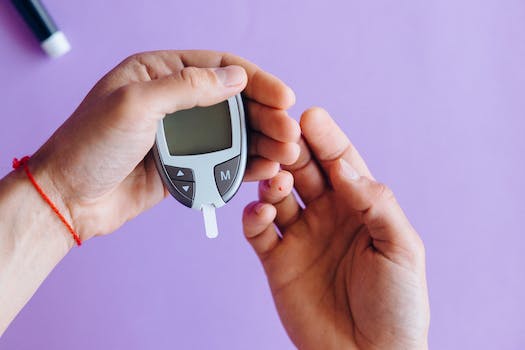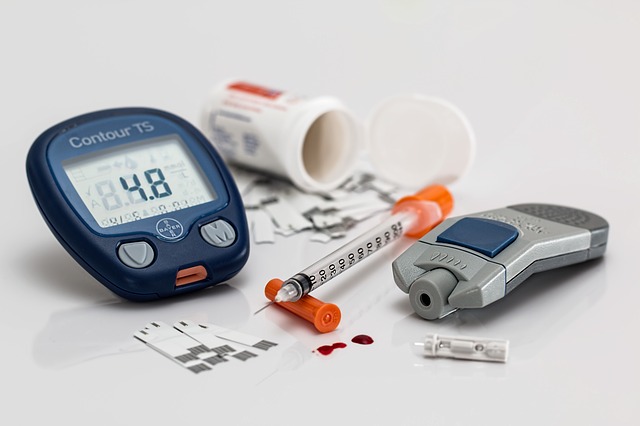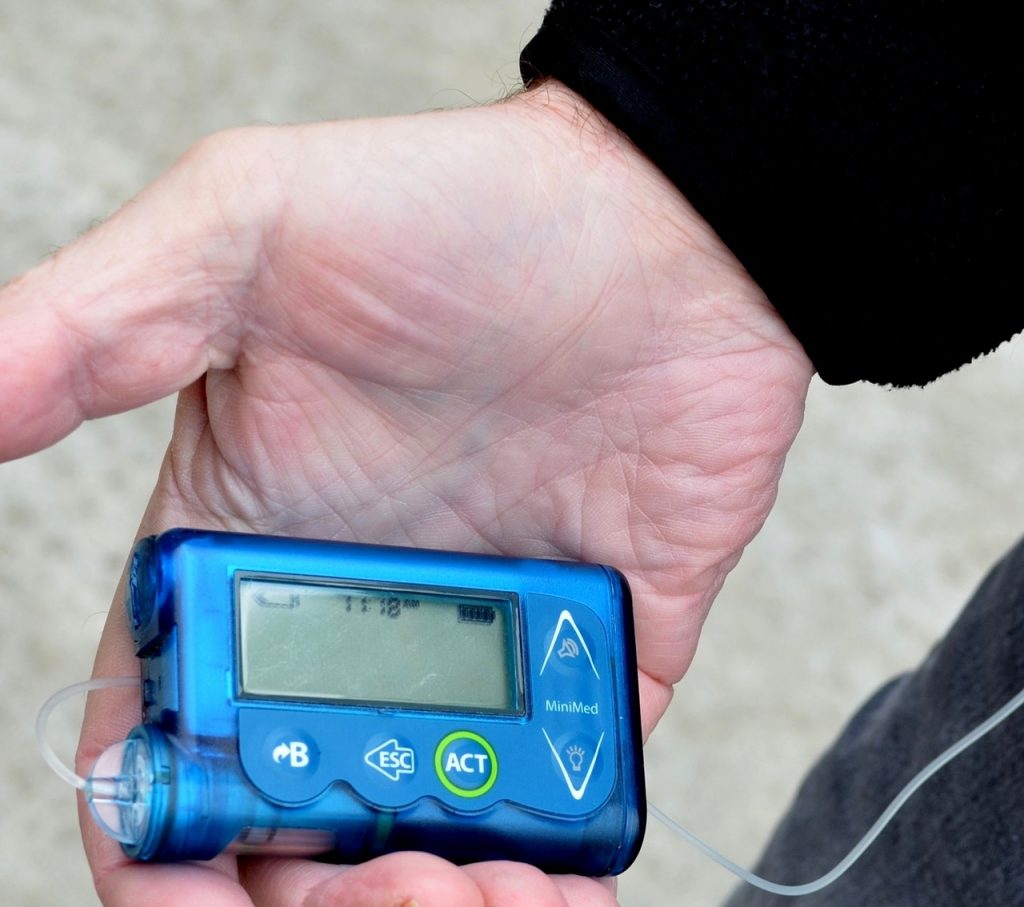One of the myriads of factors for people with diabetes is losing weight. Diabetes medications can
lead to weight gain, even for people that don’t have a sedentary lifestyle. There are some new
medications on the market designed to help diabetics improve their blood glucose levels, but
they also come with some disadvantages.
Of special interest are the medications Ozempic® and Wegovy™. Both drugs are injectables that
are self-administered at home once per week. The medications vary widely in price. People
taking the medications feel fuller, eat less and have fewer sugar cravings. Both drugs are
manufactured by Novo Nordisk.
Cost and Insurance
The cost of Ozempic® and Wegovy can range from $1,200 to $2,500 per year without insurance.
The drugs aren’t covered by all health insurance plans and there are no generic versions. When
individuals can’t afford to continue the medications due to the cost, they regain the lost weight
within a year of stopping the medication.
Ozempic®
The drug has been highly prescribed for diabetes management. However, in a society that’s
obsessed with attaining the slimmest silhouette possible, promotion as a weight loss drug by
celebrities and social media influencers has resulted in limited supplies for diabetics. Ozempic®
wasn’t designed for cosmetic weight loss.
Wegovy™
Hailed as a major breakthrough in the battle against weight gain, Wegovy™ has been highly
effective. Clinical trials showed an average weight loss of 15 percent by those taking it.
Issues
The cost of the medications places them out of reach for a large portion of the population for
which they were developed and need them most. For individuals that can’t afford the
medications, the manufacturer recommends exercise, and diet control, and suggests individuals
explore other weight loss options with their doctor.
While highly effective, the drugs must be taken indefinitely to maintain weight loss. Side effects
of the medications can include heartburn, nausea, constipation, diarrhea, and vomiting. In
tests, rats showed an increase in thyroid cancer on the drug.
We Buy Unused Diabetic Test Strips and Supplies
If you would like to find out about earning cash for your unwanted, unused, and boxed test strips, complete our online quote form today.
If you have extra, unopened and unused boxes of diabetic test strips – whether you have switched brands, no longer need to test or test less frequently, or have a loved one who has passed away – don’t let them gather dust until they’ve expired and end up in the trash. We’re the best place to sell diabetic test strips online, and if you want to sell your test strips, we’re here to make the process easy and enjoyable!
Visit us at Sell Your Test Strips and get your free quote today!









